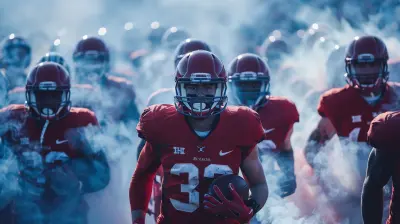How Brazil Became a Powerhouse in MMA
4 November 2025
Mixed Martial Arts (MMA) has exploded in popularity over the past few decades, evolving from a fringe sport into a global phenomenon. And you can’t talk about MMA without talking about Brazil. Seriously—Brazil is to MMA what Italy is to pizza: essential. From the gritty streets of Rio de Janeiro to the grand octagon stages of the UFC, Brazil has carved out a legendary place in MMA history. But how exactly did it become such a dominant force in the sport? Buckle up, because we’re about to dive deep into the roots, the rise, and the reign of Brazilian MMA.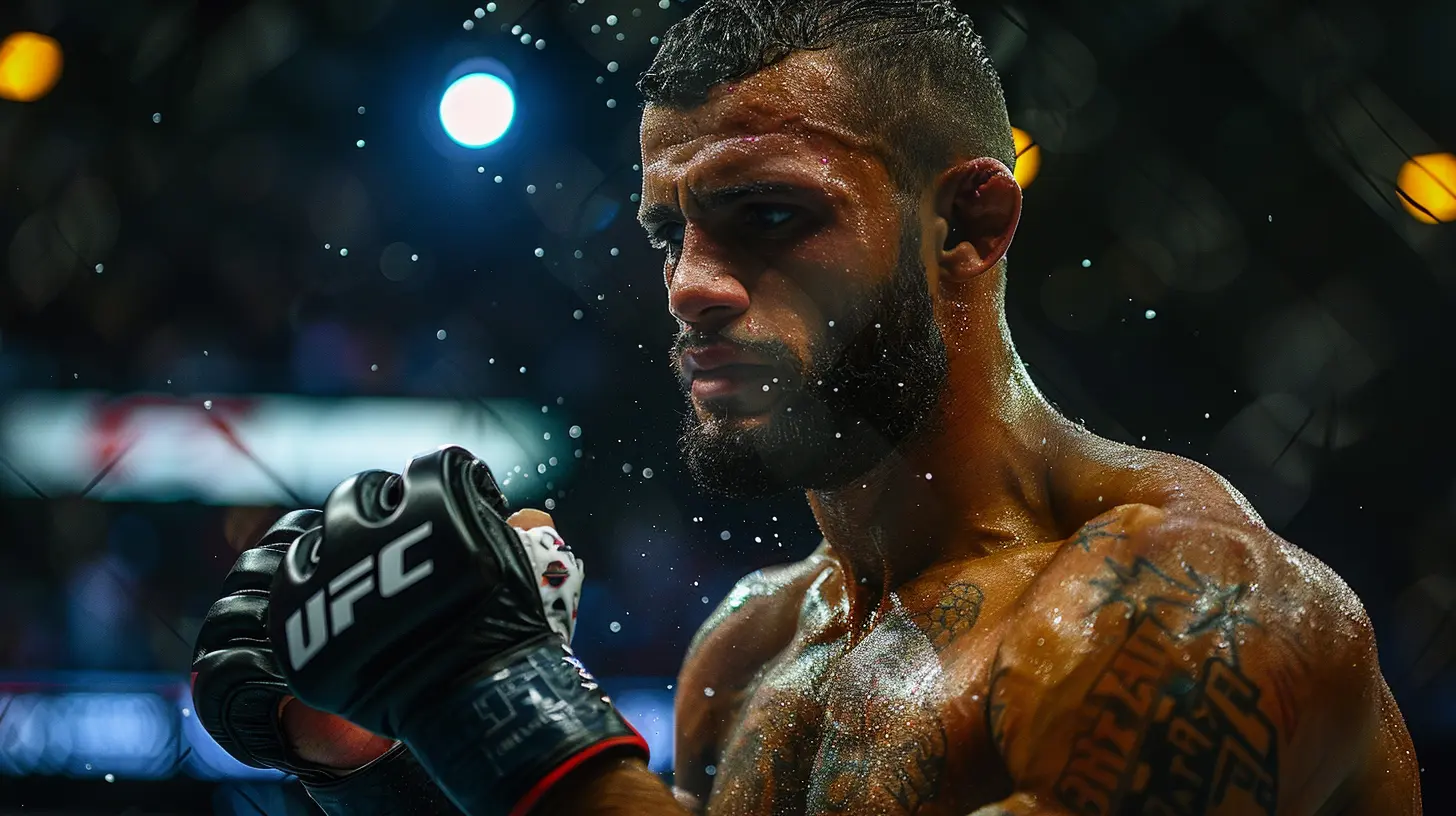
The Birthplace of a Fighting Revolution: Vale Tudo
Before the UFC, before Dana White, before Conor McGregor’s trash talk—there was Vale Tudo. If you've never heard of it, think of it as MMA’s rough-around-the-edges grandpa. "Vale Tudo" translates to "anything goes," and trust me, it lived up to its name.Starting in the 1920s, Vale Tudo was Brazil’s raw answer to combat sports. Fighters from different disciplines—judo, capoeira, boxing, wrestling—showed up to prove once and for all which style reigned supreme. No gloves, almost no rules, and definitely no weight classes. It was brutal, gritty, and totally captivating.
This no-holds-barred environment planted the seeds of MMA in Brazil. It gave birth to a style of fighting that valued effectiveness over aesthetics. In other words, if it worked in a fight, it stuck.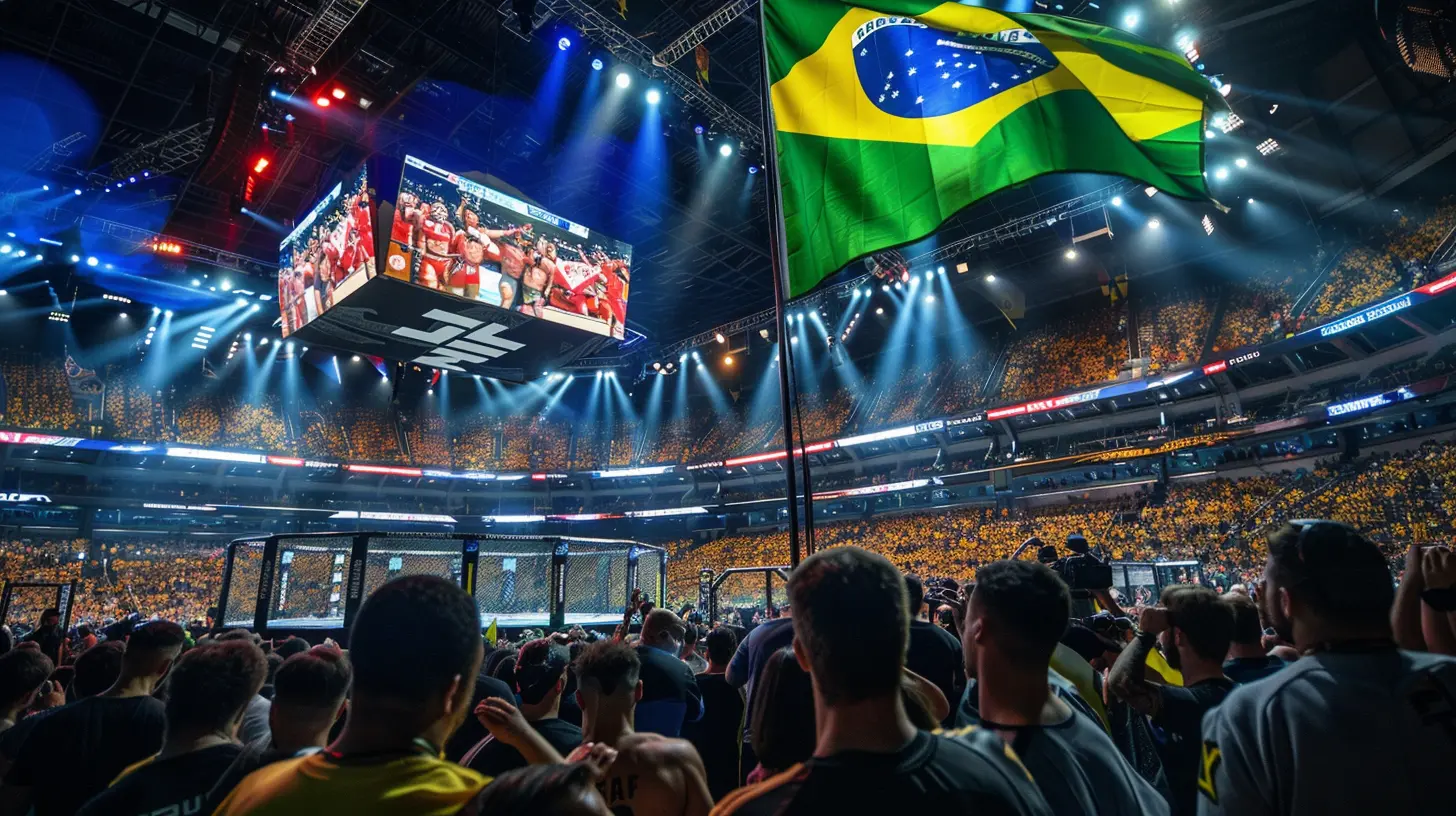
The Gracie Family: Brazilian Jiu-Jitsu Wizards
We can’t talk about Brazil’s rise in MMA without giving a massive shoutout to the Gracie family. These guys didn’t just influence MMA—they practically created it.Helio Gracie took traditional Japanese jiu-jitsu and turned it on its head. The result? Brazilian Jiu-Jitsu (BJJ), a ground-based fighting style that focuses on leverage, submissions, and technique over brute strength. Helio proved that a smaller, weaker fighter could beat a bigger, stronger opponent using BJJ. Sounds familiar? That’s because this exact philosophy sits at the core of modern MMA.
Then came Royce Gracie. When the UFC launched in 1993, he entered the tournament as the ultimate underdog. Wearing a traditional gi, he looked like a guy who might teach a self-defense class at your local YMCA. But wow, did he shock the world. Royce choked out, arm-barred, and submitted his way to victory, showing that BJJ was a force to be reckoned with.
His performances put Brazilian Jiu-Jitsu—and Brazil—firmly on the MMA map.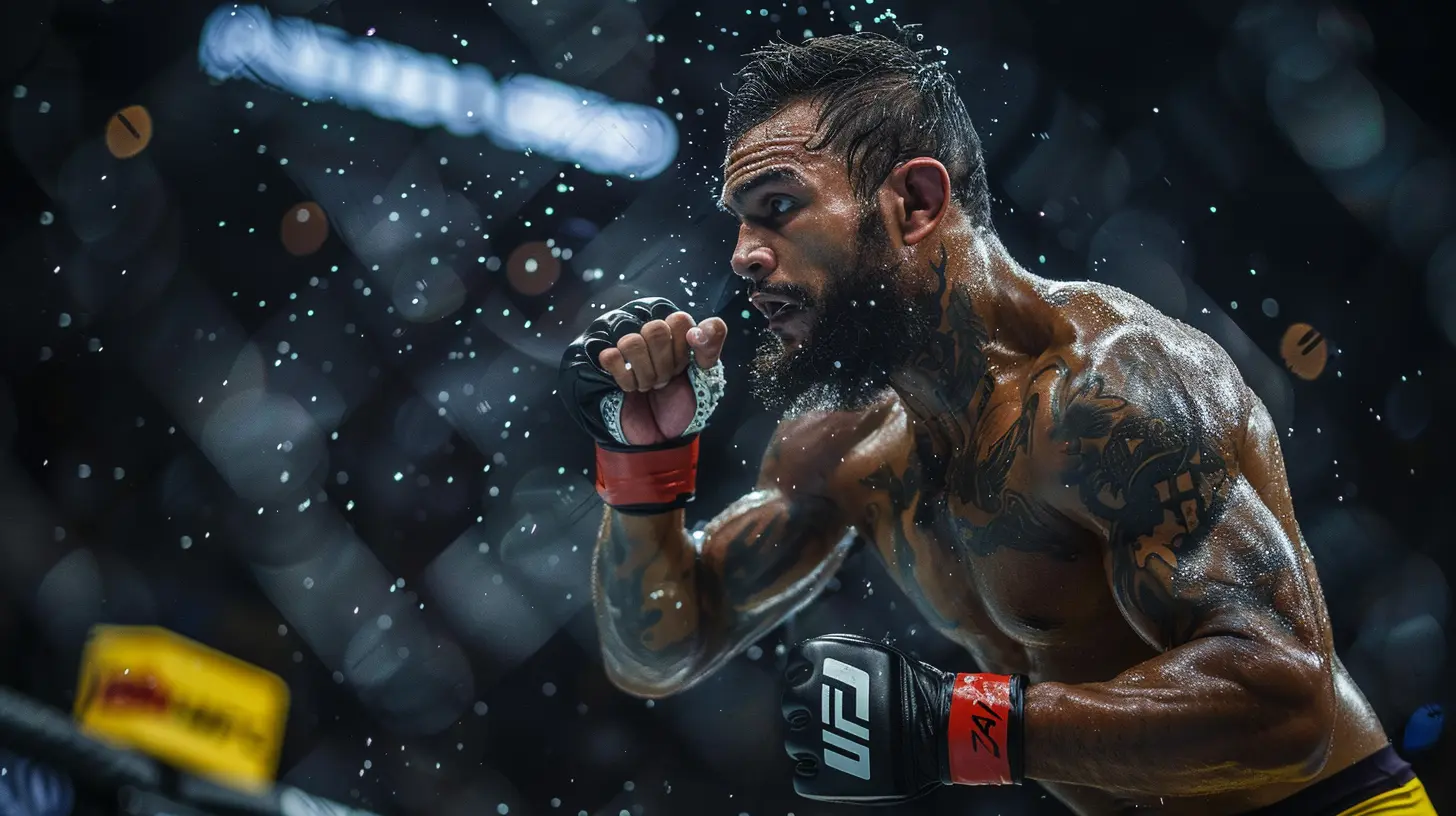
Cultural Passion: Fighting Runs in Brazil’s Blood
Brazilian culture is intense, passionate, and full of heart—and you can feel that energy in every punch thrown by a Brazilian fighter. It's not just a sport there; it's a matter of pride.In many parts of Brazil, especially in the favelas, opportunities are slim. For some, fighting is a ticket to a better life. It’s not uncommon to hear stories of fighters who trained barefoot, with makeshift gloves, dreaming of one day making it big.
This level of hunger and determination breeds greatness. Think about it: when fighting is more than a sport—when it’s a lifeline—you give it everything you’ve got.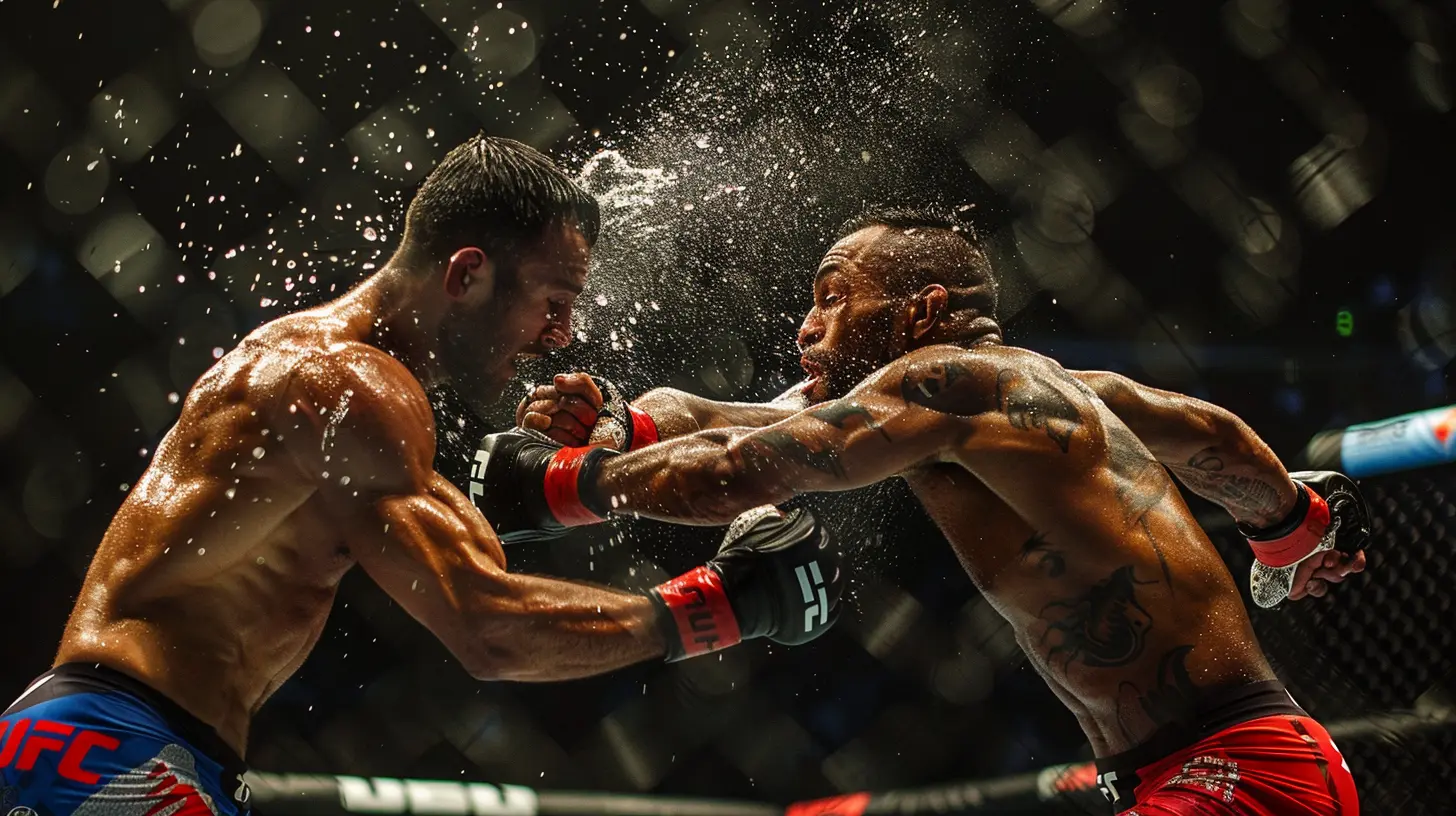
Brazilian Jiu-Jitsu: The Backbone of MMA Training Worldwide
Brazilian Jiu-Jitsu isn’t just a part of MMA—it’s the heart of it. Almost every MMA fighter on the planet trains in BJJ, regardless of their primary style. Whether it's learning how to escape submissions or secure a rear-naked choke, BJJ is non-negotiable in a fighter’s toolkit.And guess where most of the top BJJ schools, gyms, and instructors come from? Yep, Brazil.
Legends like Demian Maia, Ronaldo “Jacaré” Souza, and the Nogueira brothers didn’t just bring BJJ to the cage—they brought a level of mastery that forced other fighters to adapt or fall behind.
UFC Boom and Brazilian Champions
Let’s talk UFC, the premier stage for MMA. Over the years, Brazil has produced an insane number of UFC champions—each with their own unique flair.- Anderson Silva: The Spider. A striking genius. Silva had a style that made you think he was dancing rather than fighting. He dominated the middleweight division like it was a walk in the park.
- José Aldo: The King of Rio. Known for his brutal leg kicks and lightning-fast hands, Aldo ruled the featherweight division with an iron fist.
- Amanda Nunes: The Lioness. She didn’t just beat champions—she obliterated them. One of the greatest female fighters ever, Nunes helped elevate Brazilian women into the spotlight of MMA.
- Fabricio Werdum, Lyoto Machida, Rafael dos Anjos, and Charles Oliveira—the list goes on. Each of them brought something unique to the cage, showing that Brazil could dominate in every weight class and style.
The Gym Culture: Where Fighters Are Forged
Brazilian MMA isn’t just about talent—it’s about where that talent is nurtured. The country is home to some iconic gyms that have pumped out champions like a factory line.- Nova União: Known for producing José Aldo and Renan Barão, this gym combines BJJ and Muay Thai like peanut butter and jelly.
- Chute Boxe: This gym is famous for its aggressive style and brutal sparring sessions. Wanderlei Silva and Shogun Rua made their names here, bringing pride to Curitiba.
- Brazilian Top Team (BTT) and American Top Team (ATT) (founded by Brazilians) are also global forces that continue to raise the next generation of warriors.
These gyms aren’t just training centers—they’re battlegrounds. Fighters train together, bleed together, and push each other to the brink.
Government Support and National Pride
While MMA started in the shadows, Brazil has slowly embraced the sport as a national treasure. Over time, fighting legends have earned hero status—not just with hardcore fans, but with average Brazilians too.As MMA grew in popularity, so did government and sponsorship support. Companies and brands started backing fighters. Media coverage exploded. Major events like UFC Rio brought the action home.
This visibility helped turn MMA into a mainstream sport in Brazil. Kids started dreaming of octagon glory the way others dream of scoring the winning goal in a soccer match.
Women in Brazilian MMA: Breaking Barriers
If you think Brazil's MMA dominance is all about the men, think again. Brazilian women have been absolutely crushing it, both in the cage and as flag bearers for gender equality in combat sports.Amanda Nunes is the obvious standout, but talents like Jessica Andrade, Bethe Correia, and Mackenzie Dern (American-Brazilian) have also made waves.
These fighters didn’t just show up to participate—they showed up to dominate. And in doing so, they've inspired a whole new generation of young girls in Brazil to lace up the gloves and train like champs.
Brazil's Global Influence on MMA
From the gi-clad days of Royce Gracie to the highlight-reel knockouts of Anderson Silva, Brazilian fighters have shaped—and continue to shape—MMA around the world.International fighters regularly travel to Brazil for training camps, and Brazilian coaches are found in gyms across the globe. You can’t scroll through a UFC event card without seeing at least a few Brazilian flags flying high.
Even fan culture is influenced by Brazil. Ever hear a crowd chant “Uh Vai Morrrer”? That fiery chant started in Brazilian stadiums and is now echoing through arenas from Las Vegas to Abu Dhabi.
Challenges and The Road Ahead
Of course, it hasn’t all been sunshine and title belts. Brazil’s MMA scene faces challenges—economic hurdles, political instability, and the constant grind of staying relevant in a sport that evolves by the minute.Some critics say Brazil is no longer the dominant force it once was. But here’s the thing—never count Brazil out. As long as there are kids dreaming big in the favelas, as long as BJJ mats are rolled out in rusty old gyms, Brazil will keep producing killers.
The foundation is too solid. The culture is too rich. The hunger is too real.
Final Thoughts
So, how did Brazil become a powerhouse in MMA?It started with a no-rules street-fight mentality, matured through the technical brilliance of the Gracie family, and exploded onto the world stage via the UFC. Along the way, Brazil gave us legends, redefined training styles, and turned MMA into a deeply cultural expression of resilience, ingenuity, and heart.
Whether it's a slick triangle choke or a devastating flying knee, when a Brazilian fighter steps into the cage, you know you’re in for a show.
And honestly? The story’s far from over. The next generation is already grinding—and the next wave of Brazilian greatness is just waiting for the bell to ring.
all images in this post were generated using AI tools
Category:
MmaAuthor:

Everett Davis
Discussion
rate this article
1 comments
Eloise McNaughton
Who knew that mixing samba rhythms with knockout punches would create a recipe for MMA success? Brazil’s secret weapon: a caipirinha-infused training regimen and a collective belief that every takedown is just a fancy way to embrace the mat! Let's roll!
November 7, 2025 at 5:23 AM
